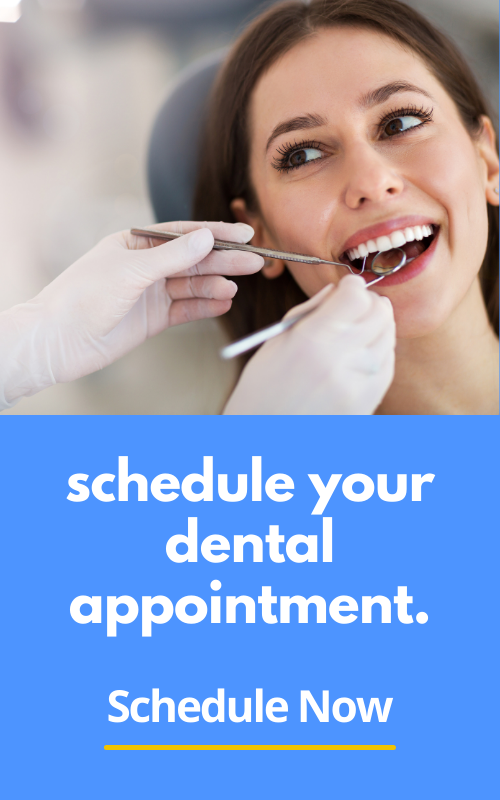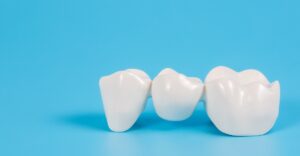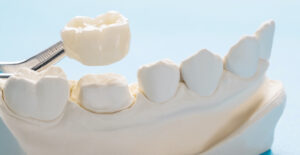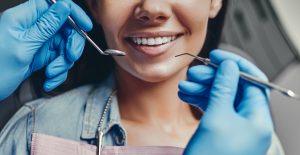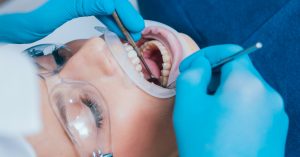The debate on whether it’s better to floss before or after brushing has been ongoing for years. Dental hygiene is a critical aspect of our overall health, and understanding how to floss properly is essential. This blog post aims to shed light on this topic and provide you with the information you need to maintain optimal oral health.
Understanding the Importance of Flossing
Before we delve into the main topic, let’s first understand why flossing is crucial. Flossing helps remove food particles and plaque lodged between your teeth that your toothbrush can’t reach. If left unchecked, these particles can lead to gum disease, tooth decay, and bad breath.
The American Dental Association (ADA) recommends flossing at least once a day. However, the question remains: should you floss before or after brushing?
Flossing Before Brushing
Some dental experts argue that it’s better to floss before brushing. The logic behind this approach is that by flossing first, you loosen and remove plaque and food particles from between your teeth. Then when you brush afterwards, the fluoride from your toothpaste has a better chance of reaching these areas, providing more protection against cavities.
A study published in the Journal of Periodontology supports this notion. The research found that when participants flossed before brushing, they had significantly less plaque between their teeth compared to those who brushed before flossing.
How to Floss Properly Before Brushing
If you decide to follow this approach, here’s how to floss properly:
1. Break off about 18 inches of dental floss.
2. Wind most of the floss around each middle finger leaving an inch or two for your teeth.
3. Hold the floss tightly between your thumbs and index fingers.
4. Gently guide the floss between your teeth using a rubbing motion.
5. Curve the floss into a C shape against one tooth and gently slide it into the space between the gum and tooth, and do multiple strokes against each tooth in each contact area.
6. Repeat this process for all your teeth.
Flossing After Brushing
On the other hand, some dental professionals believe that it’s best to brush first then follow up with flossing. The reasoning behind this approach is that brushing first removes most of the plaque on your teeth surfaces which then makes it easier for you when you start to floss those hard-to-reach areas.
Moreover, if you’re using a fluoride toothpaste while brushing first, some argue that leaving some residual fluoride in your mouth even after rinsing can help protect against cavities.
How To Floss Properly After Brushing
If you choose this method instead, here’s how to do it:
1. Follow steps 1-5 as mentioned above in ‘how to floss properly before brushing’.
2. After finishing with all your teeth, rinse with water or mouthwash for a thorough clean.
What’s The Verdict?
So should we be team ‘floss-before-brush’ or team ‘brush-before-floss’? According to ADA both methods are effective as long as done correctly daily; what matters most is that you’re doing both regularly!
Remember that maintaining good oral hygiene isn’t just about choosing whether to brush or floss first; it also involves eating a balanced diet, replacing your toothbrush every three months (or sooner if bristles are frayed), scheduling regular dental check-ups among others.
In conclusion: whether you decide on flossing pre-brushing or post-brushing, it doesn’t matter much – just ensure you know how to floss properly! If you are ready to speak with a dentist, contact us today!


